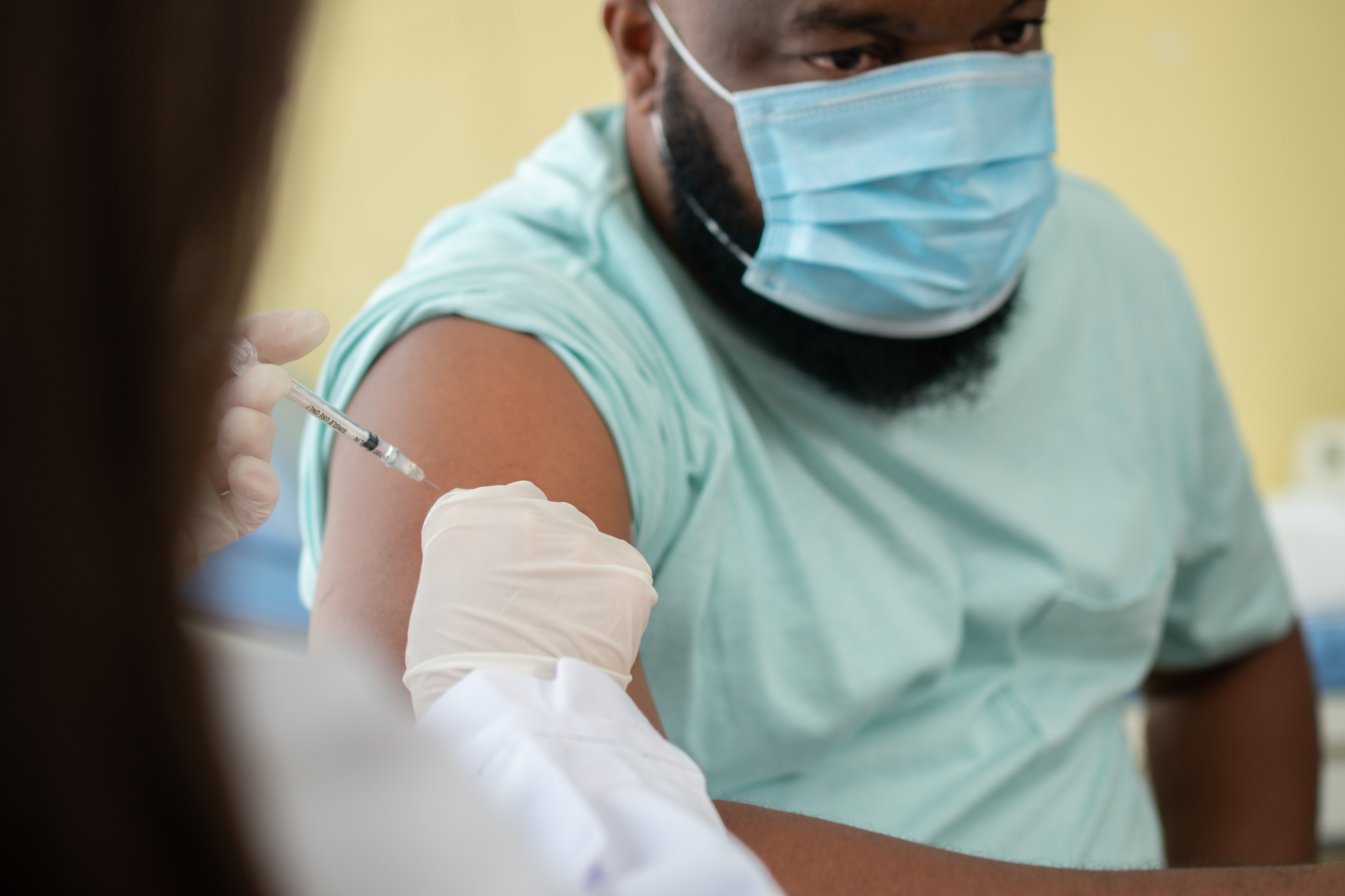A Helping Hand: How Immigrants Can Fill Home Health Aide Shortages in America’s Rural Communities
Date: September 29, 2016
By 2030, America’s population of seniors will reach 71.5 million–a two-fold increase in the span of thirty years. As this demographic shift unfolds, healthcare services will be in increasingly high demand. A report by New American Economy projects that by 2022, the number of needed home health aides will increase by 48 percent, making it the third-fastest growing occupation in the country.
A Helping Hand: How Immigrants Can Fill Home Health Aide Shortages in America’s Rural Communities utilizes U.S. Bureau of Labor Statistics to analyze the shortage of home health aides in America’s rural communities and how immigrants—who currently occupy 20 percent of home health aide jobs—can help fill workforce gaps. The report finds that rural parts of the country are suffering from severe home health aide shortages, compounded by their populations requiring more medical attention than their urban counterparts.
The study finds:
- Rural communities are less likely to have access to home healthcare workers. At present, America’s rural communities have almost 20 percent fewer home health aides than metropolitan areas. In 2013, metropolitan areas had 264 home health aides for every 100,000 people. Communities outside of metropolitan areas had only 224.
- Demographic trends show that non-metro areas could have a particularly strong need for home health aides in the future. The average resident in a non-metro community today is 40 years old—or 2.5 years older than their metropolitan counterpart—an age gap that is quickly widening. Working-age Americans living in non-metro areas are also 51 percent more likely to be disabled than those living in metropolitan communities.
- In some states, the number of home health aides outside metropolitan areas is already incredibly low. Nationwide, there are 258 aides for every 100,000 residents. In six states—WA, AL, MT, AZ, CT, and VT—there are fewer than 75 aides per 100,000 residents.
- Immigrants could play an important role answering future gaps in our home health aide workforce. By injecting young individuals with the appropriate skills into the workforce, immigrants could help mitigate some of the projected home health aide shortage. Already, 19 percent of foreign-born workers in the healthcare sector are in home health aide jobs, compared to just 10 percent of native-born health workers.
Read the report.






